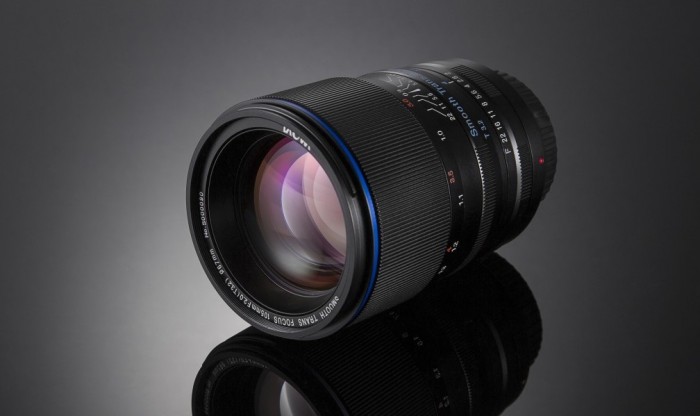

Set the aperture to the lowest F number, but remember that this can vary depending on the lens you’re using. The widest aperture is indicated by the lowest F number, which could be something like F1.4, F2.8, F5.6, and so on. All other things being equal – that is, in terms of the subject’s distance from the camera and the background, and the type of lens you’re using – the widest aperture will give you the shallowest depth-of-field, so the most blur. Setting the aperture is how we control how much of the scene is sharp and how much is blurred. If your X Series camera doesn’t feature a top-plate dial like this, you can select Aperture Priority by choosing A on the shutter speed dial and setting the aperture on the lens. You could use the Program mode to start with, but we’d recommend you shoot with Aperture Priority – selected by setting A on the top-plate dial – as you’ll be able to set the aperture to whatever setting you want by using the aperture ring on the lens. Getting blur into your pictures means controlling the aperture of the lens and this means you need to be in the right exposure mode. Photo © Kara Mercer Use the Right Exposure Mode All you need to do is use the right settings and apply a few modifications to your technique. Best of all, it’s easy to create blur wherever you want to create impact with your X Series camera. In still life and floral photos, it can help to reveal sumptuous texture, and in sports and wildlife pictures it declutters a scene and places dramatic subjects center stage. In landscapes and architectural images, blur can isolate striking features and intricate details.
#Soft bokeh lens full
In portraits, a backdrop full of smooth bokeh helps the subject stand out, adding impact.

But what is it? Bokeh describes the out-of-focus areas of a picture, in the foreground or the background. Bokeh is beautiful – and that’s true no matter which subject you decide to use it in.


 0 kommentar(er)
0 kommentar(er)
